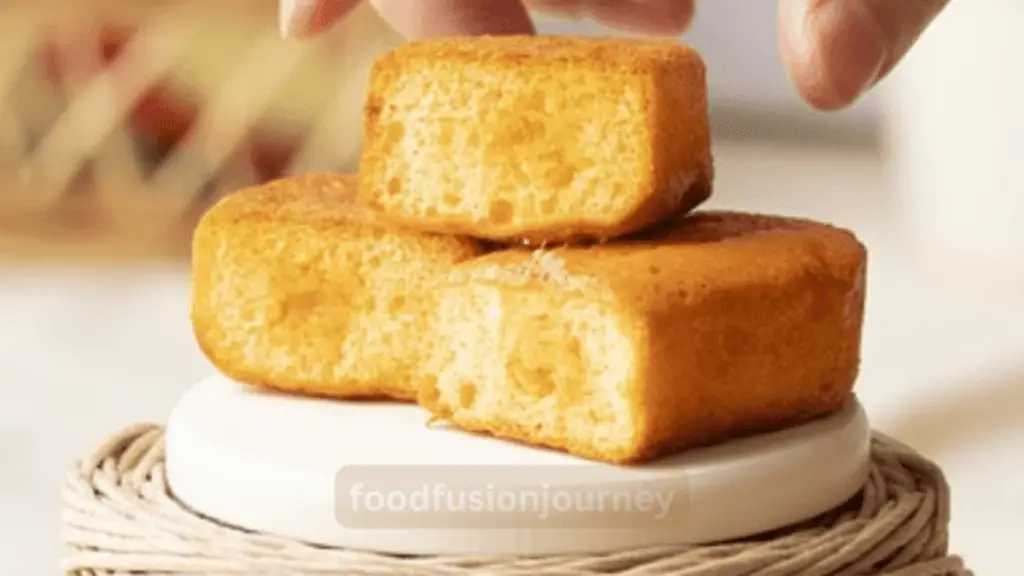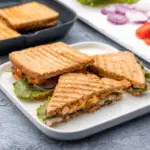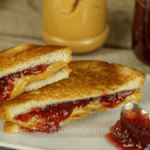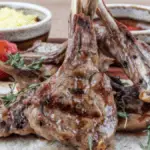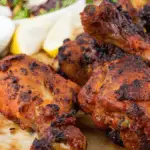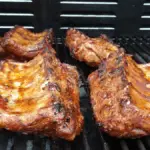Discover the best cornbread recipe with these step by step recipe guides. Learn how to make delicious recipes at home. The cornbread is sure to impress your taste buds. Get baking today’s best cornbread!
Gallery Cornbread
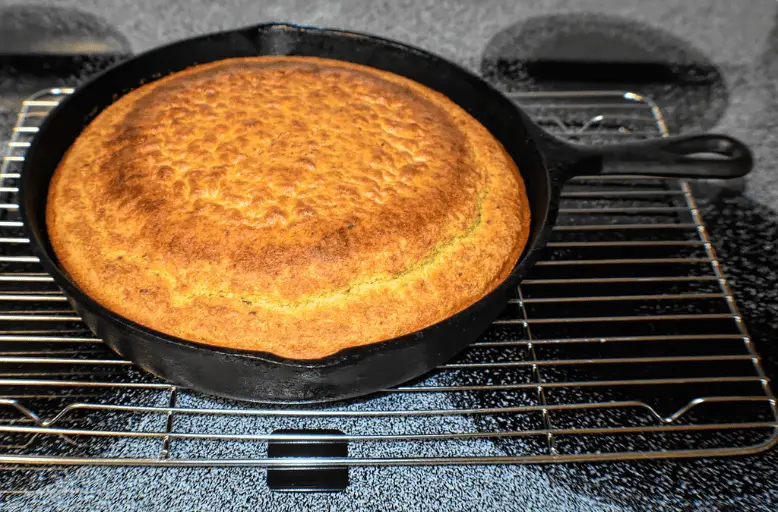

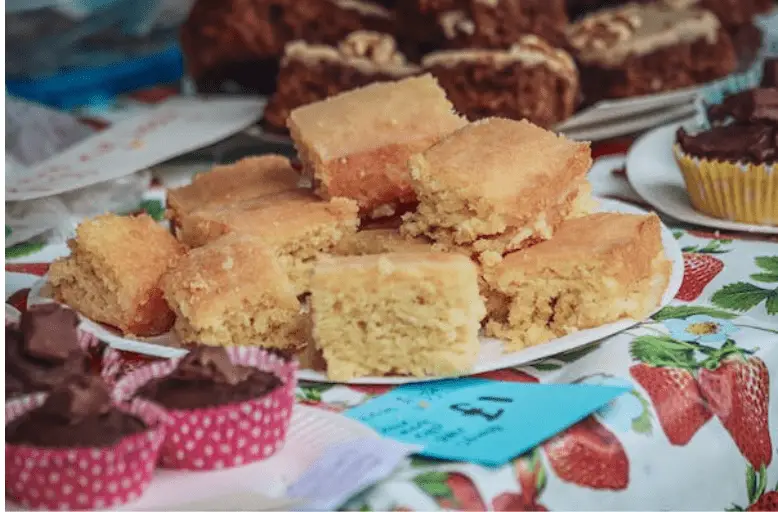
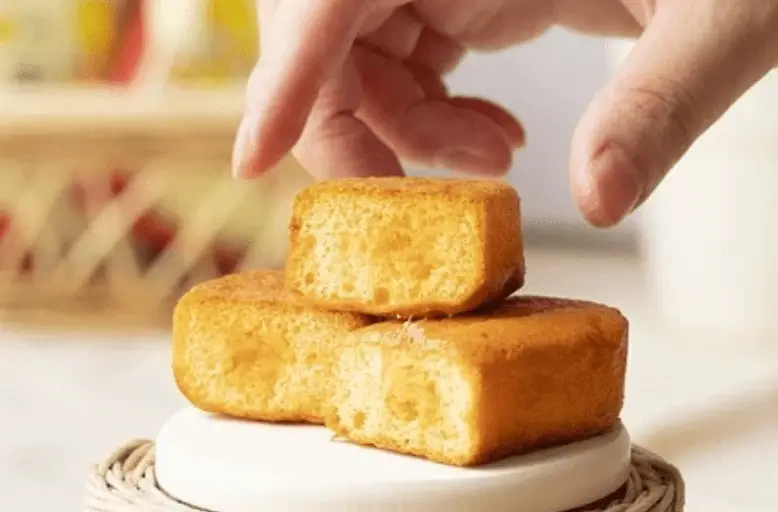
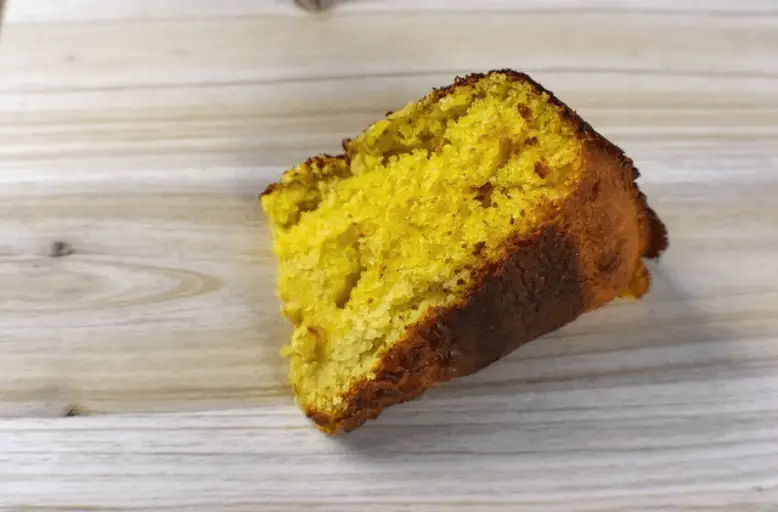
Ingredients Best Cornbread
- 1 cup yellow cornmeal
- 1 cup all-purpose flour
- 1/4 cup granulated sugar
- 1 tablespoon baking powder
- 1/2 teaspoon salt
- 1 cup buttermilk
- 1/2 cup milk
- 2 large eggs
- 1/4 cup unsalted butter, melted
- 1/4 cup vegetable oil
Instructions Best Cornbread
1/ Preheat your oven to 425°F (220°C). Grease a 9×9-inch baking pan or a similar-sized cast-iron skillet.
2/ In a large mixing bowl, combine the cornmeal, flour, sugar, baking powder, and salt.
3/ In a separate bowl, whisk together the buttermilk, milk, eggs, melted butter, and vegetable oil.
4/ Pour the wet ingredients into the dry ingredients and stir until just combined. Be careful not to overmix; a few lumps are okay.
5/ Pour the cornbread batter into the prepared baking pan or skillet.
6/ Bake in the preheated oven for 20-25 minutes, or until the top is golden brown and a toothpick inserted into the center comes out clean.
7/ Allow the cornbread to cool for a few minutes before slicing and serving. It’s best served warm.
Enjoy your homemade best cornbread!
Tips and Tricks to Help You Make The Best Cornbread
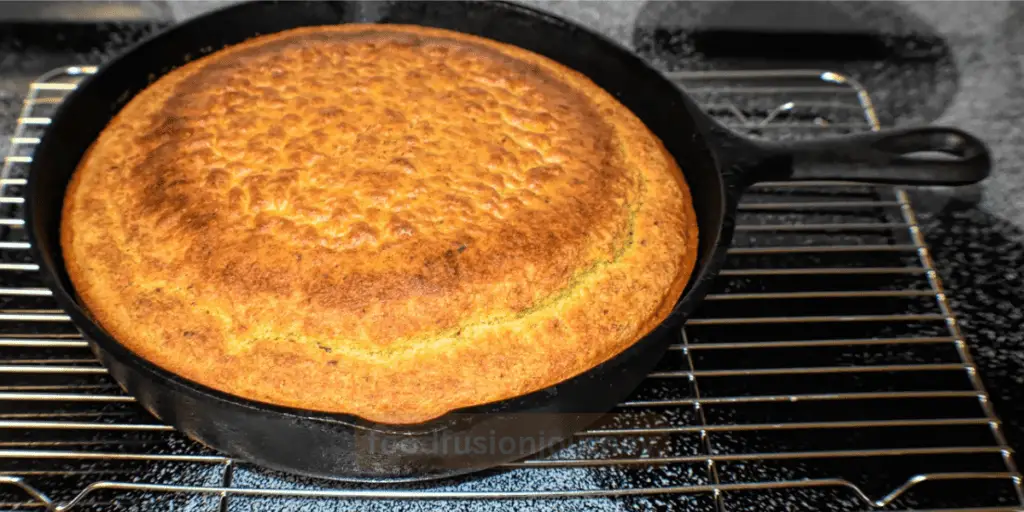
Use Buttermilk: Buttermilk adds a tangy flavor and tenderness to the cornbread. If you don’t have buttermilk, you can make a substitute by adding a tablespoon of white vinegar or lemon juice to a cup of milk and letting it sit for a few minutes.
Preheat the Pan: Preheat your baking pan or cast-iron skillet in the oven before adding the batter. This helps create a nice crust on the bottom.
Don’t Overmix: When combining wet and dry ingredients, mix just until they’re combined. Overmixing can make your cornbread tough.
Experiment with Add-Ins: Cornbread is versatile. Consider adding ingredients like shredded cheese, diced jalapeños, or corn kernels for extra flavor and texture.
Adjust Sweetness: Cornbread can be either sweet or savory. If you prefer it sweeter, increase the sugar slightly. For a more savory cornbread, reduce the sugar.
Proper Baking Time: Keep a close eye on the cornbread as it bakes. It’s done when the top is golden brown and a toothpick inserted into the center comes out clean.
Let It Rest: Allow the cornbread to rest for a few minutes after taking it out of the oven. This helps it set and makes it easier to slice.
Serve with Butter or Honey: Cornbread is fantastic when served with a pat of butter or a drizzle of honey for a delightful sweet and savory contrast.
Reheating: To reheat cornbread, wrap it in foil and warm it in the oven at a low temperature to prevent it from drying out.
Experiment: Feel free to experiment with variations, such as using different types of cornmeal (like stone-ground or fine), trying alternative flours (like whole wheat), or adding herbs and spices for a unique twist.
Remember, practice makes perfect, and everyone has their own preference for cornbread. These tips should help you get started on your journey to making delicious and best cornbread.
Some Common Mistakes to Avoid When Making Best Cornbread
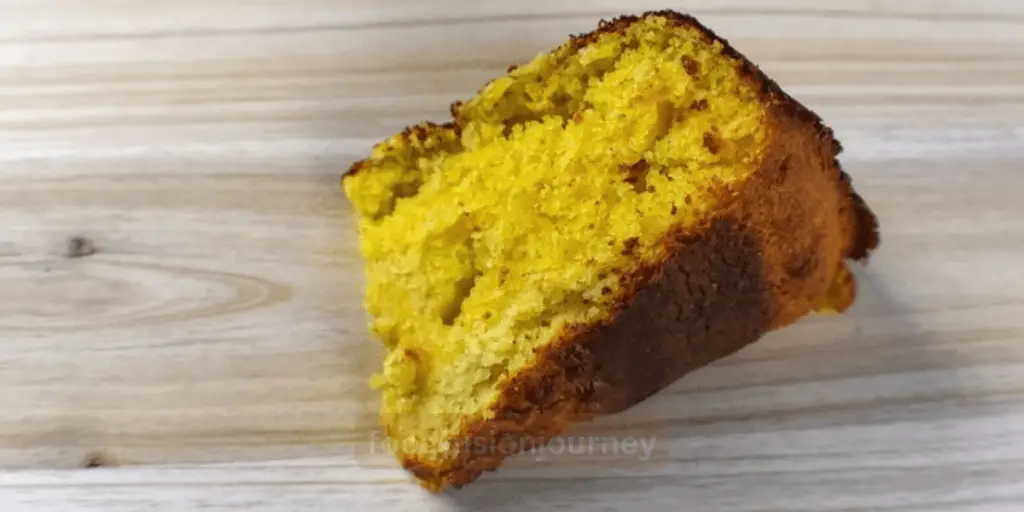
Overmixing the Batter: Overmixing can lead to tough and dry cornbread. Stir the wet and dry ingredients together until just combined, and a few lumps are okay.
Using Cold Ingredients: Make sure your buttermilk, milk, and eggs are at room temperature. Cold ingredients can cause the melted butter to solidify, leading to an uneven batter.
Not Preheating the Pan: Preheat your baking pan or skillet in the oven before adding the batter. This helps create a crispy crust on the bottom.
Overbaking: Cornbread can dry out quickly if overbaked. Keep a close eye on it, and remove it from the oven as soon as it’s golden brown on top and a toothpick comes out clean.
Using the Wrong Cornmeal: Make sure you’re using the right type of cornmeal. Yellow or white cornmeal is typically used in traditional cornbread recipes. Avoid using cornmeal mixes that contain added sugar and leavening agents.
Neglecting Rest Time: Allowing the cornbread to rest for a few minutes after baking is crucial. It helps the structure set and makes it easier to slice.
Skipping a Greased Pan: Grease your baking pan or skillet to prevent the cornbread from sticking. This also helps with easy removal and presentation.
Using Expired Ingredients: Check the expiration date of your baking powder and other ingredients. Fresh ingredients are essential for a successful batch of cornbread.
Not Adjusting Sweetness: Cornbread can be made sweeter or less sweet, depending on your preference. Don’t forget to adjust the sugar content to suit your taste.
Ignoring Variations: Don’t be afraid to experiment with add-ins like cheese, herbs, or spices. These can enhance the flavor and texture of a best cornbread.
By avoiding these common mistakes, you’ll be well on your way to baking a perfect batch of cornbread every time.
The Nutrition Facts
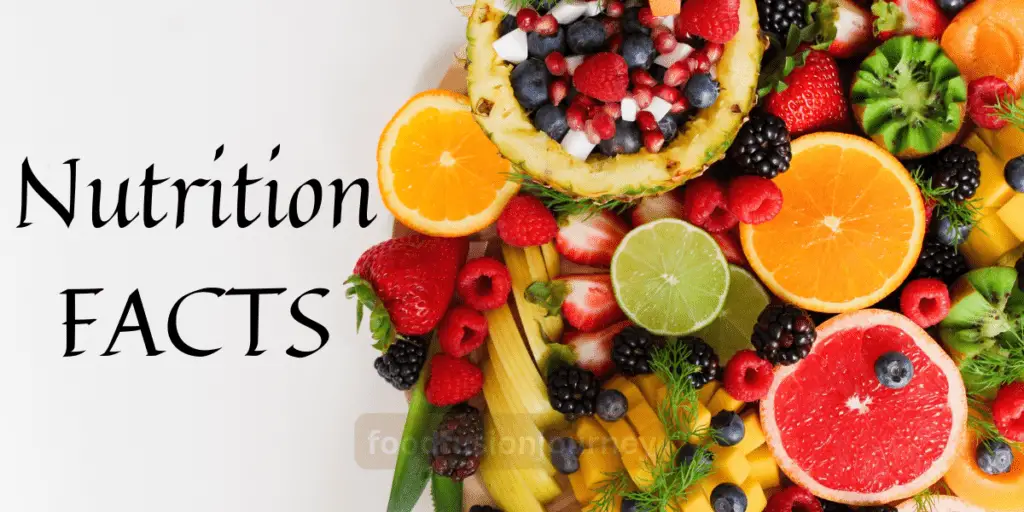
The nutrition facts for a typical serving of cornbread (approximately 1 piece, which is usually a 2×2 inch square) can vary slightly depending on the specific recipe and ingredients used. Here are the approximate nutrition facts for a standard serving of cornbread made using the recipe I provided earlier, assuming 12 servings in a 9×9-inch pan:
- Calories: Around 150-200 calories per serving
- Total Fat: 7-10 grams
- Saturated Fat: 3-5 grams
- Cholesterol: 30-50 milligrams
- Sodium: 250-350 milligrams
- Total Carbohydrates: 20-30 grams
- Dietary Fiber: 1-2 grams
- Sugars: 5-8 grams
- Protein: 3-5 grams
Please note that these values are approximate and can vary based on the specific ingredients and portions used in your cornbread recipe. If you have specific dietary concerns or are following a particular diet, it’s advisable to calculate the exact nutrition facts based on the ingredients you use.
FAQs
- Can I use cornmeal instead of cornbread mix? Absolutely! Cornmeal is the main ingredient in cornbread, and using it allows you to control the flavor and texture of your cornbread. Simply combine cornmeal with flour, leavening agents like baking powder, and other desired ingredients to make your own cornbread batter from scratch.
- Can I substitute buttermilk with regular milk? While buttermilk adds a tangy flavor and tender texture to cornbread, you can substitute it with regular milk if needed. To mimic the acidity of buttermilk, you can add a tablespoon of lemon juice or white vinegar to a cup of milk and let it sit for a few minutes before using it in the recipe.
- How do I prevent my cornbread from being dry? To ensure moist cornbread, avoid overmixing the batter, as this can lead to a tough texture. Additionally, be careful not to overbake the cornbread. Bake it just until a toothpick inserted into the center comes out clean. You can also add extra moisture by incorporating ingredients like sour cream, yogurt, or creamed corn into the batter.
- Can I make cornbread without eggs for a vegan option? Yes, you can make vegan cornbread by substituting eggs with alternatives such as flax eggs (mixing ground flaxseed with water), mashed ripe bananas, or applesauce. These alternatives help bind the ingredients together and provide moisture to the cornbread.
- How do I store leftover cornbread? To keep leftover cornbread fresh, allow it to cool completely, then wrap it tightly in plastic wrap or aluminum foil or store it in an airtight container. You can keep it at room temperature for up to two days or refrigerate it for longer freshness, up to about a week. Reheat slices in the oven or microwave before serving to revive their freshness and warmth.
